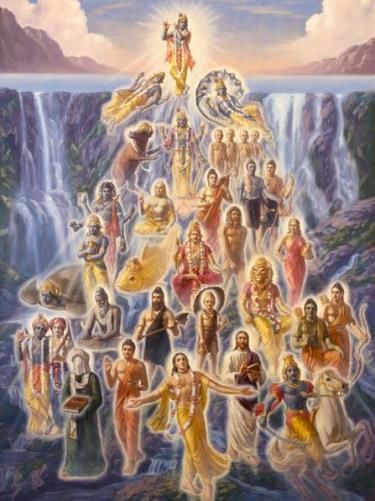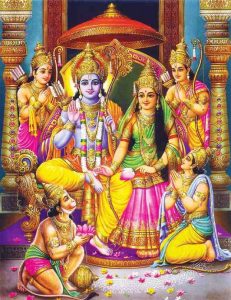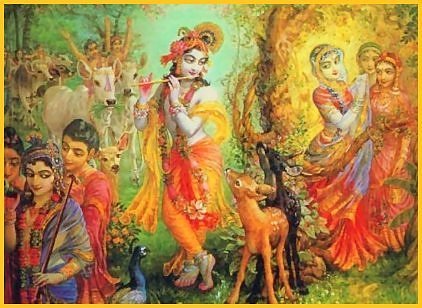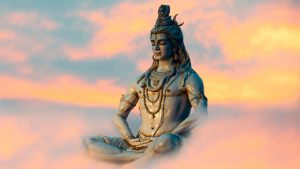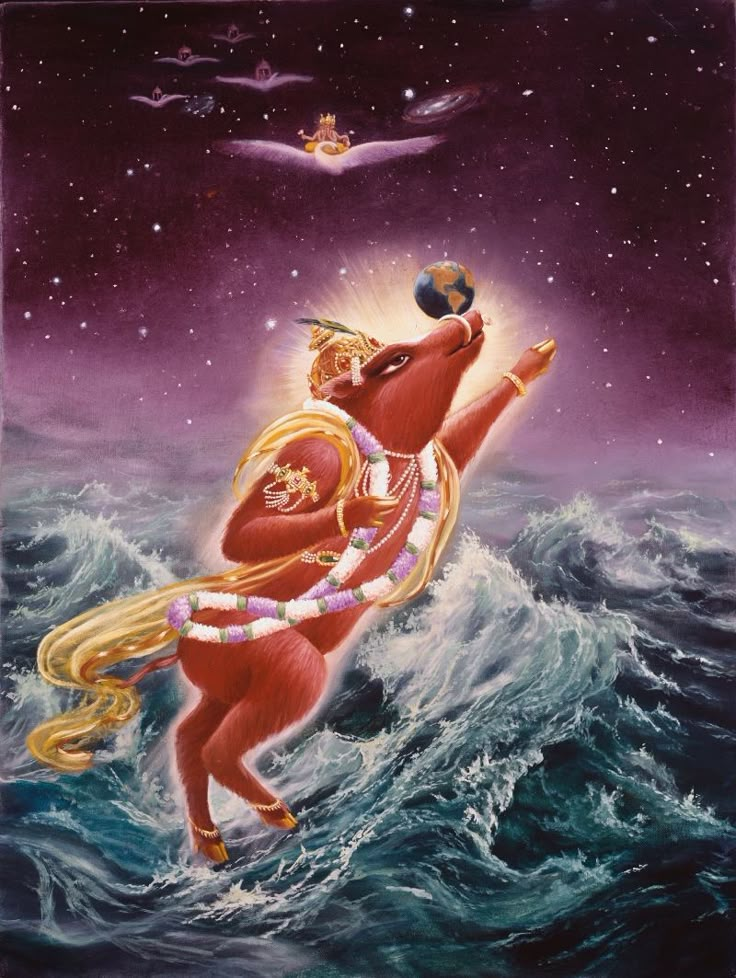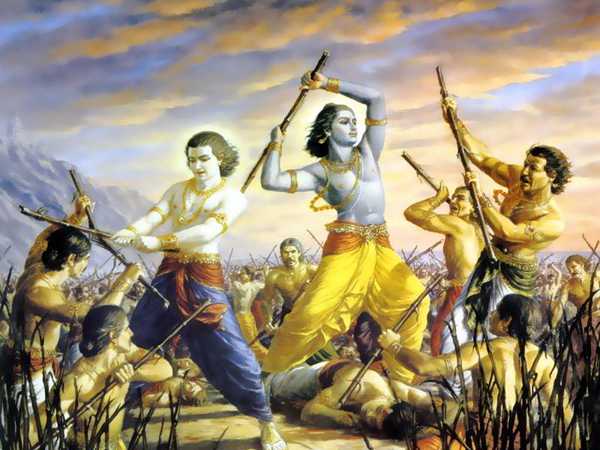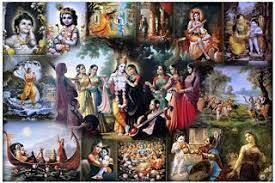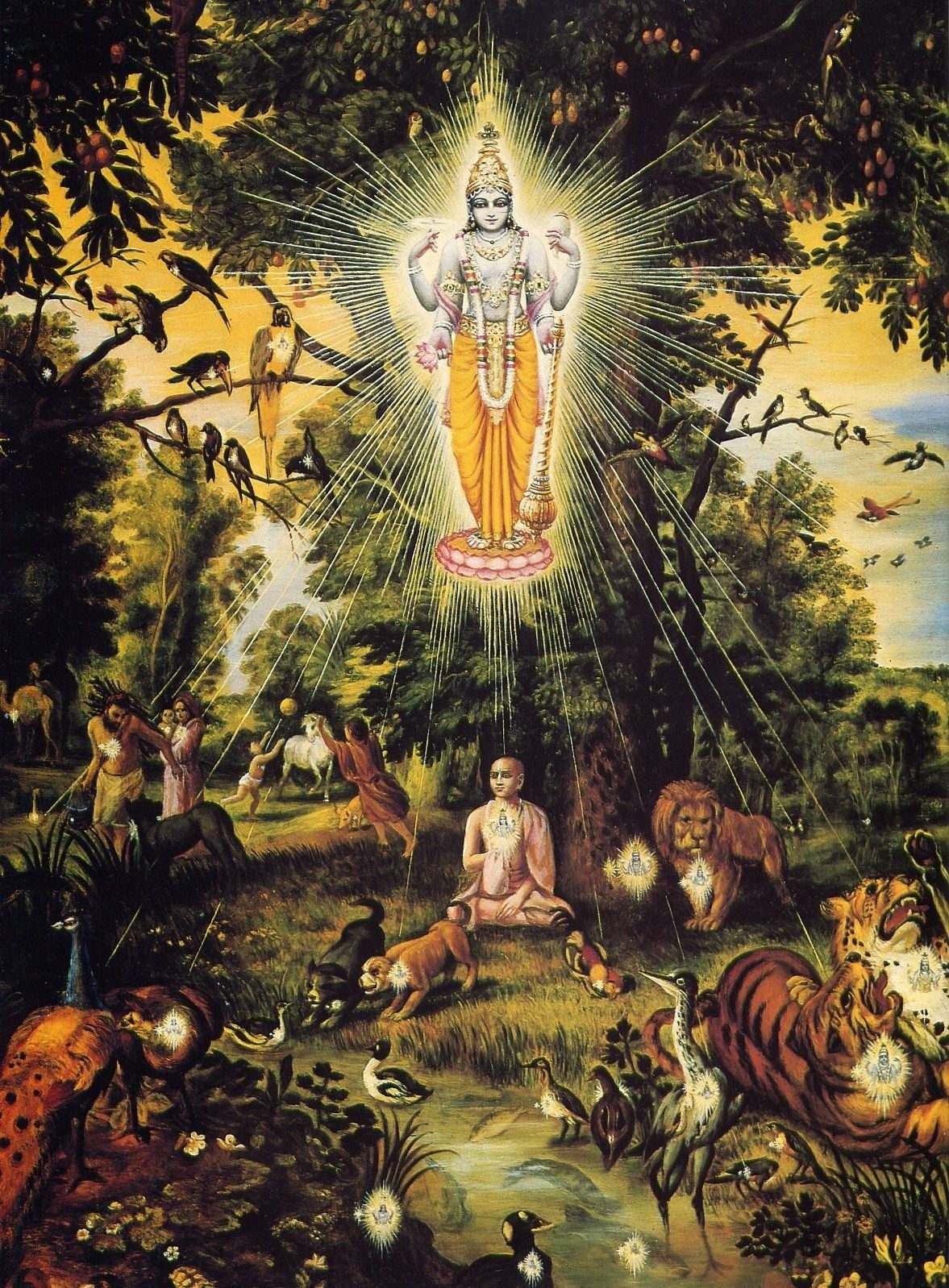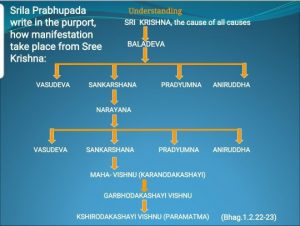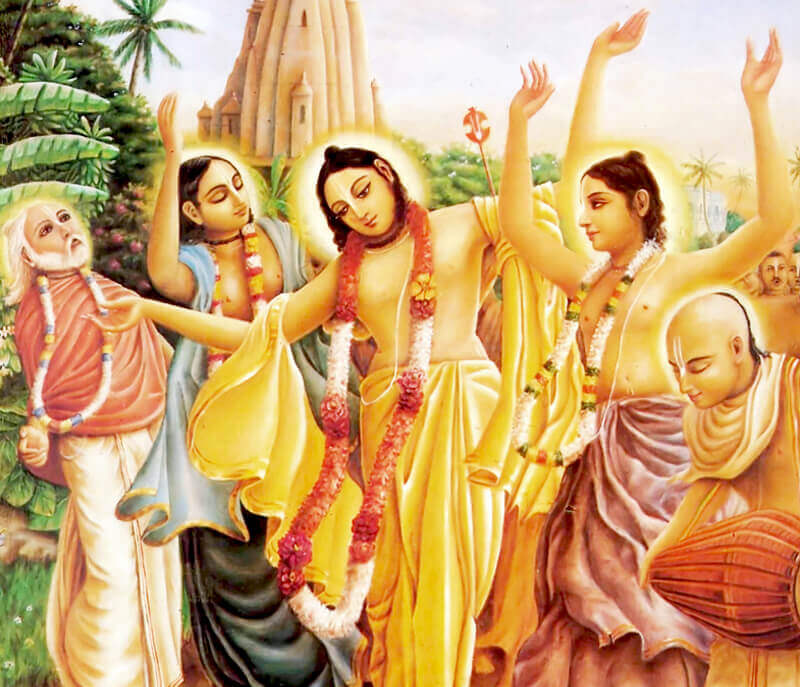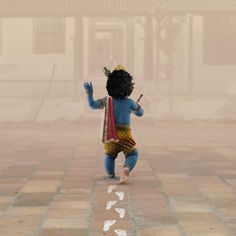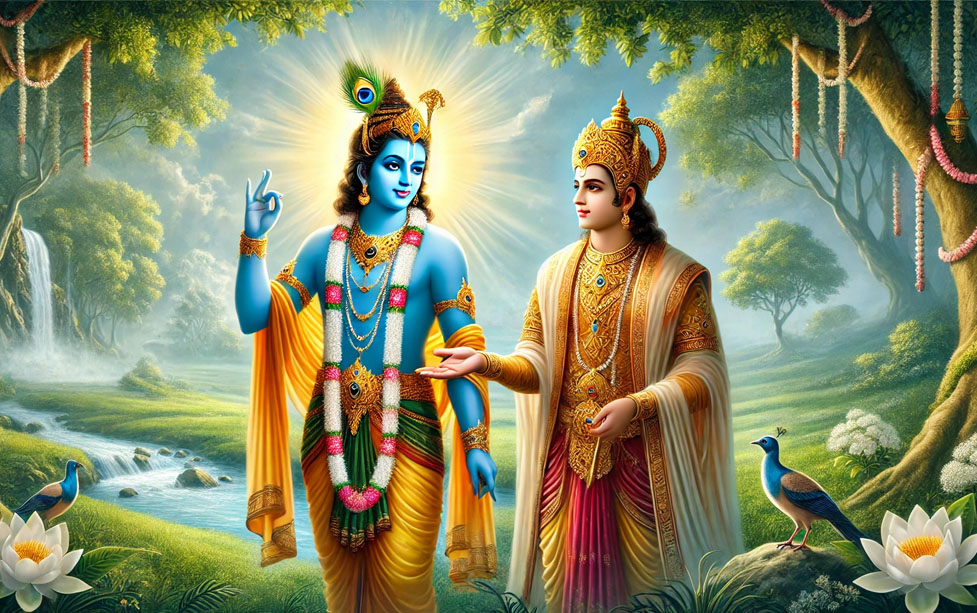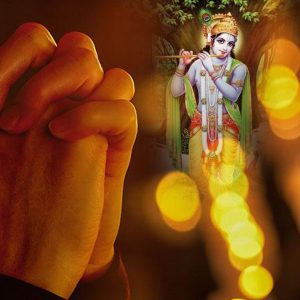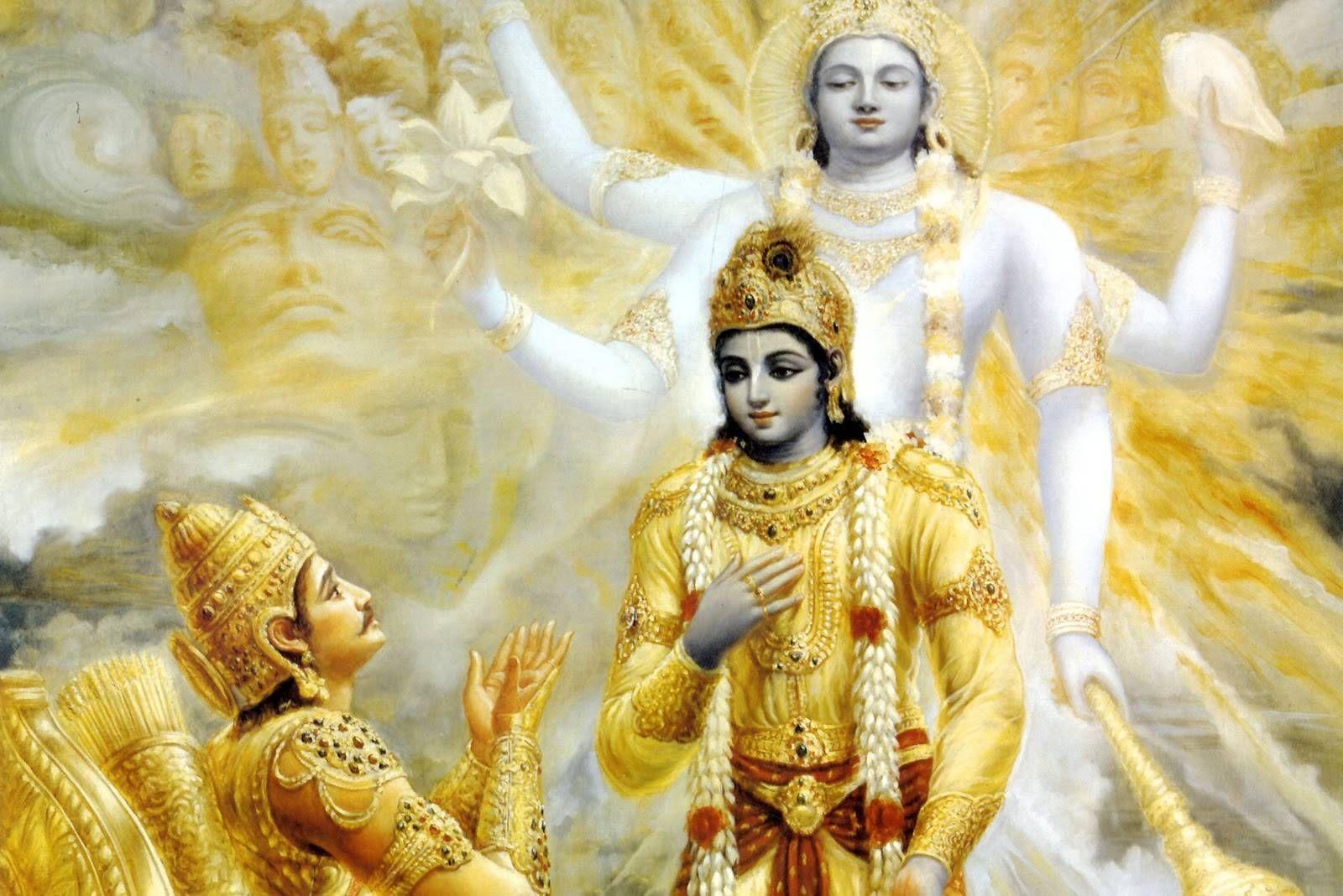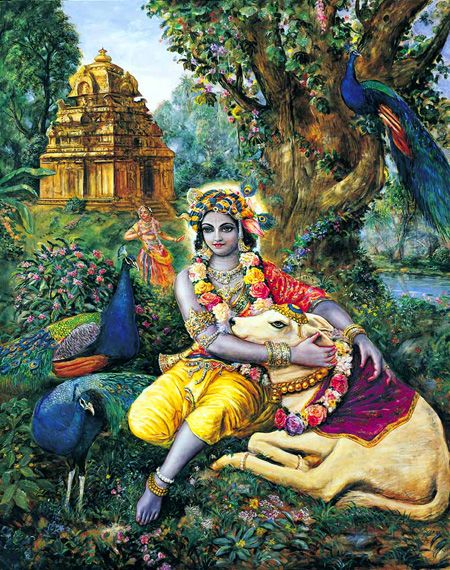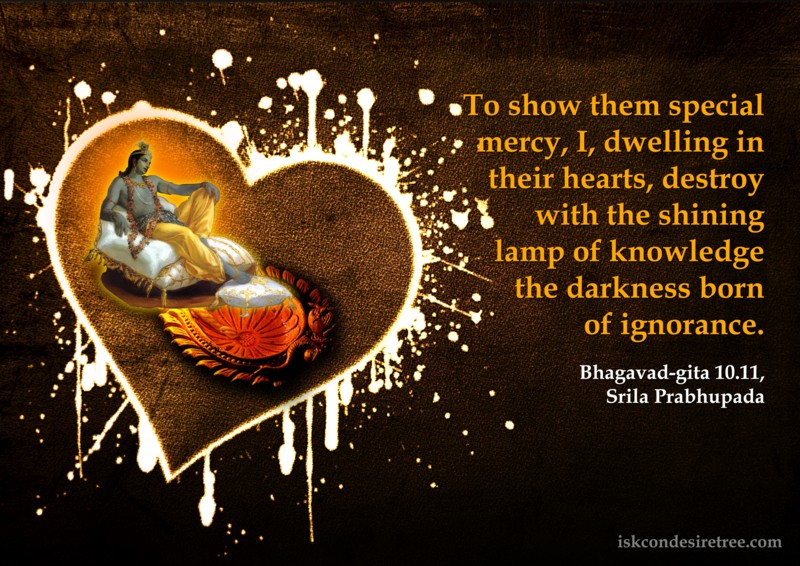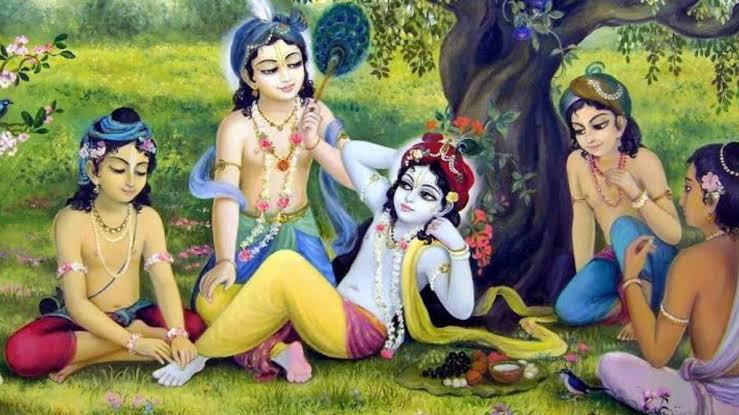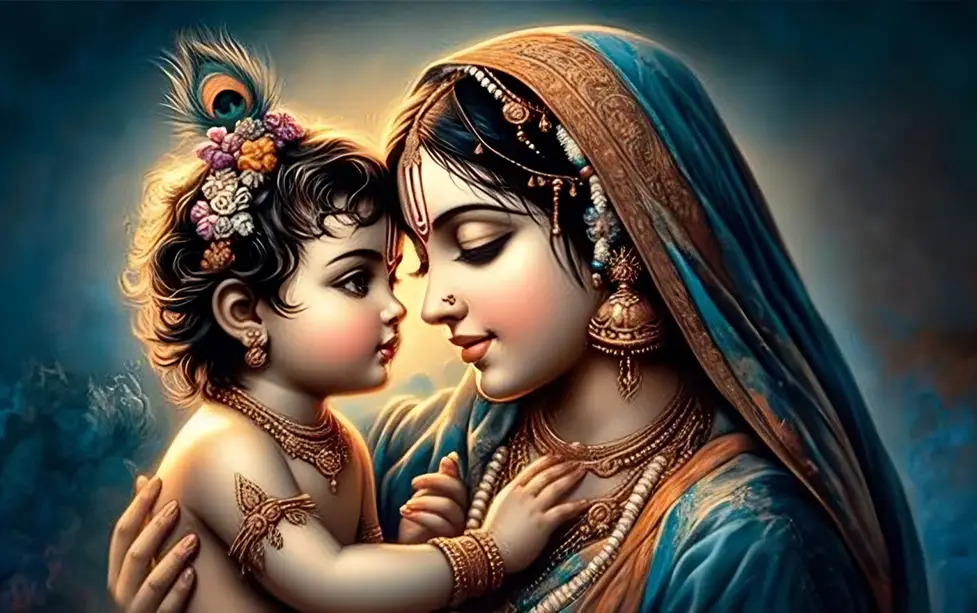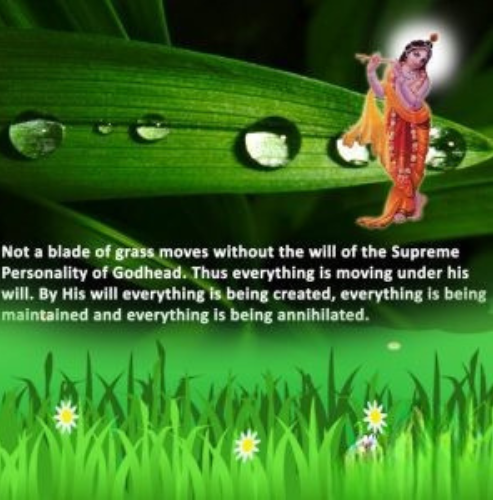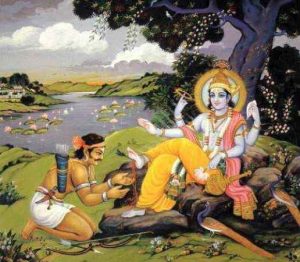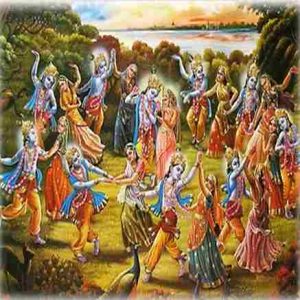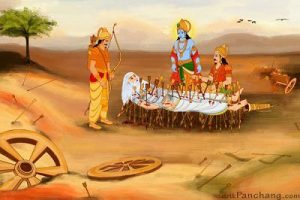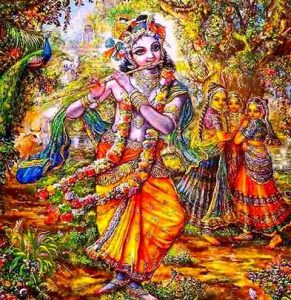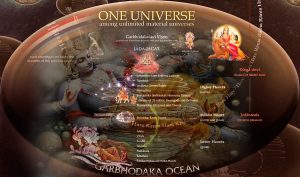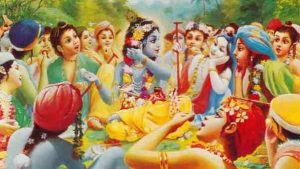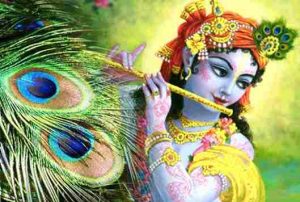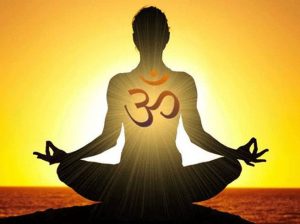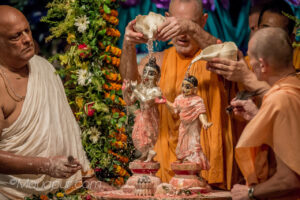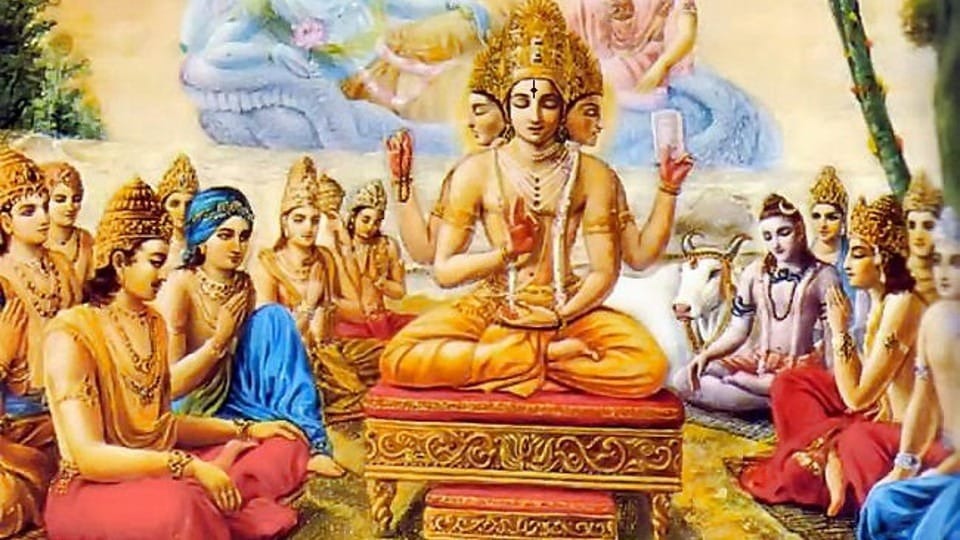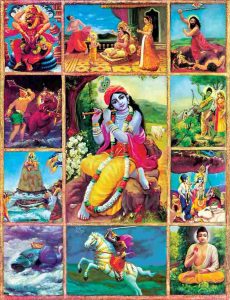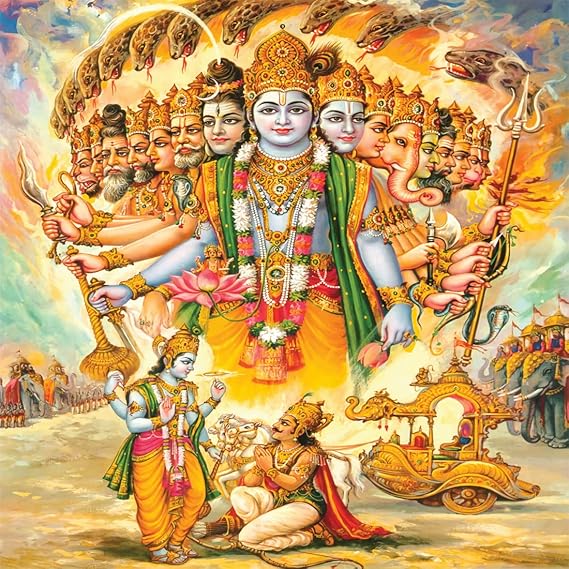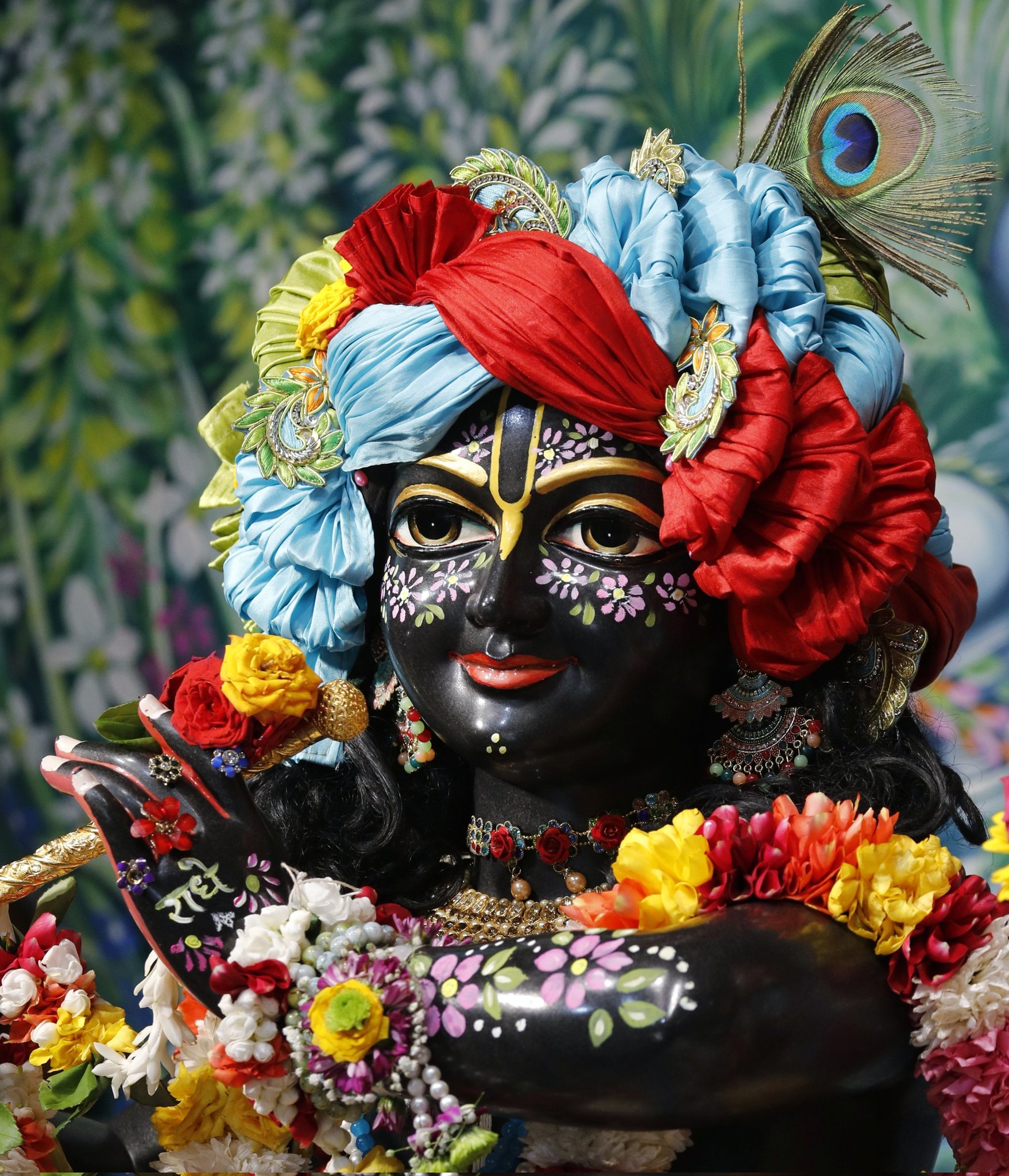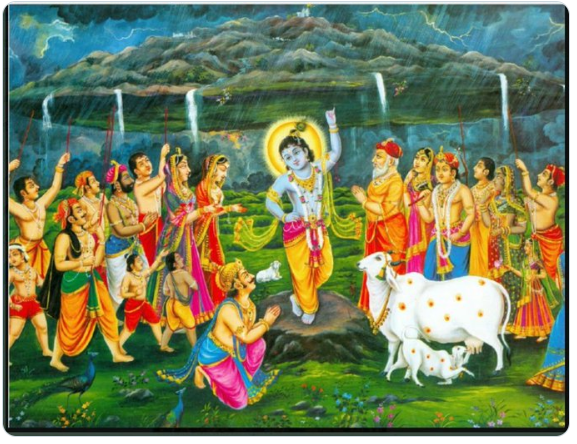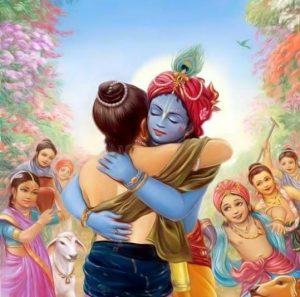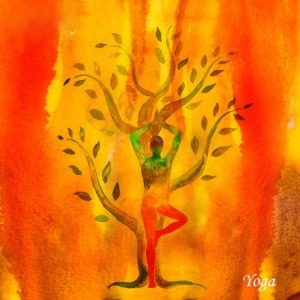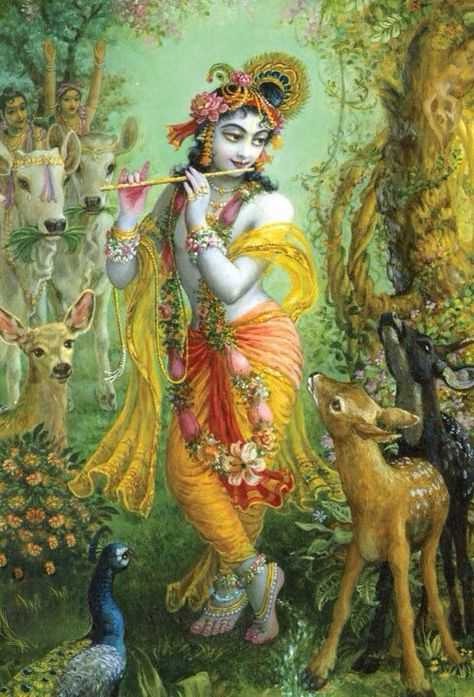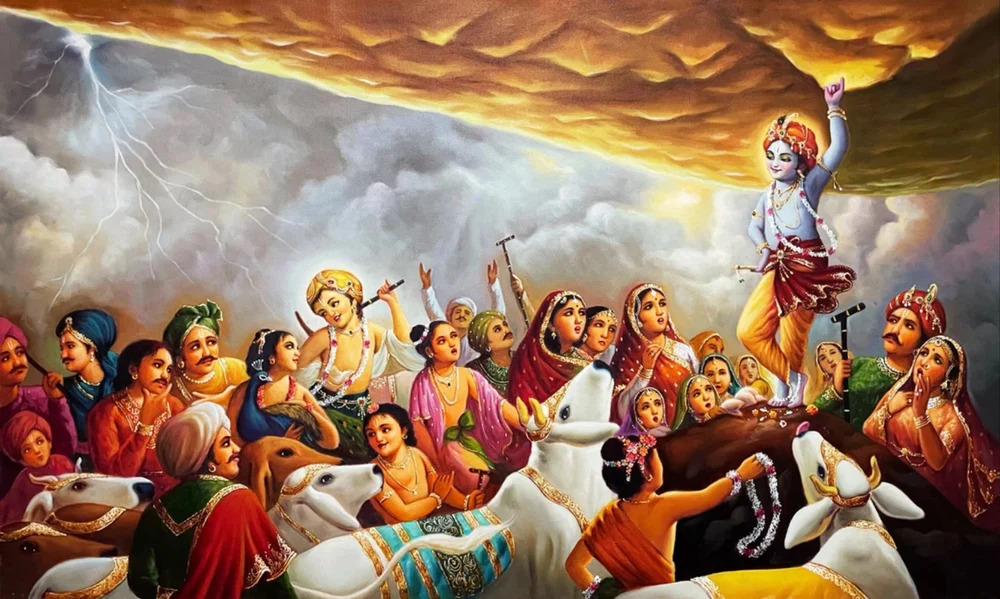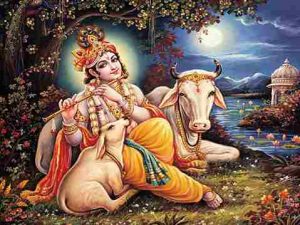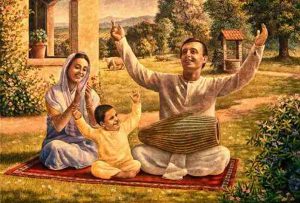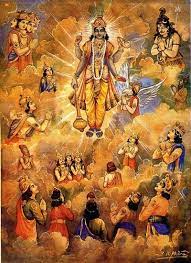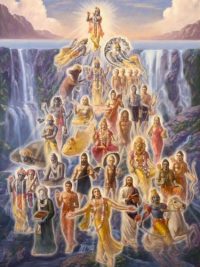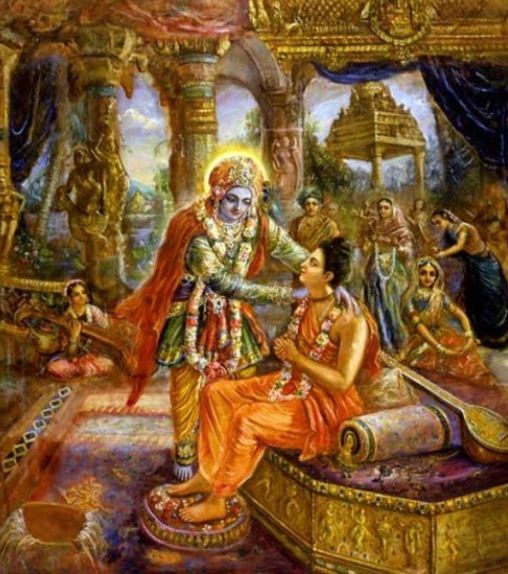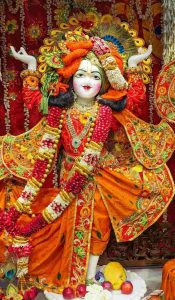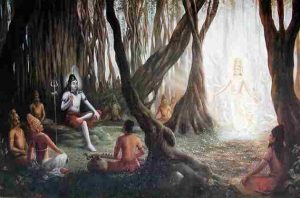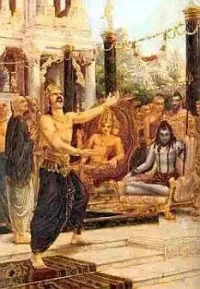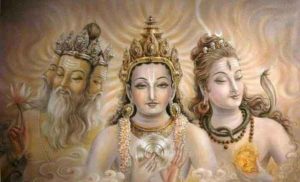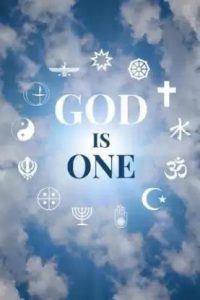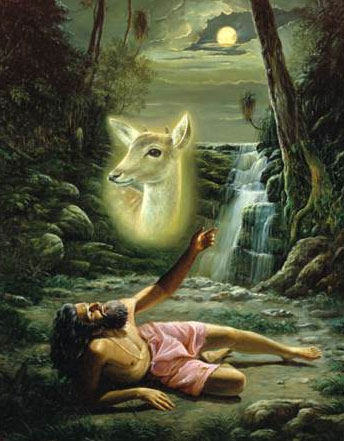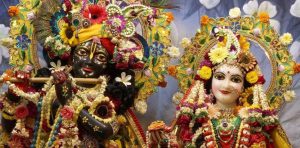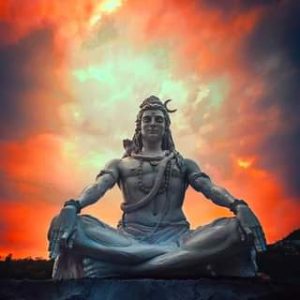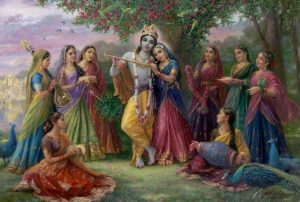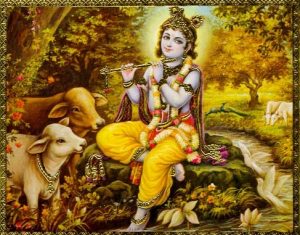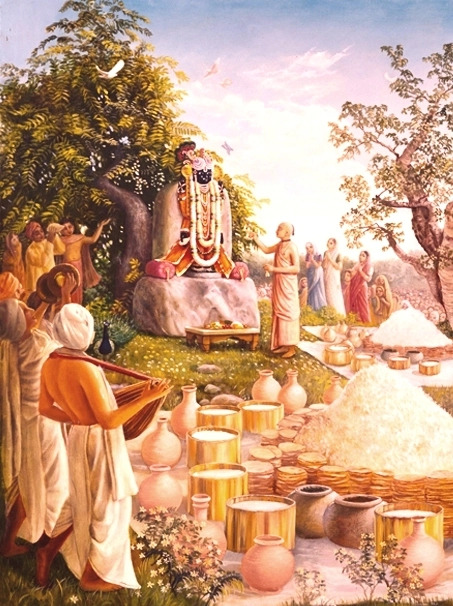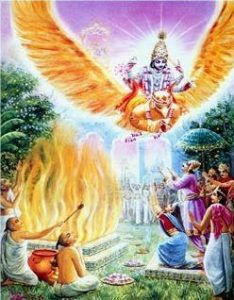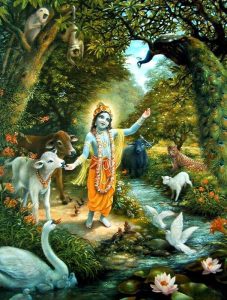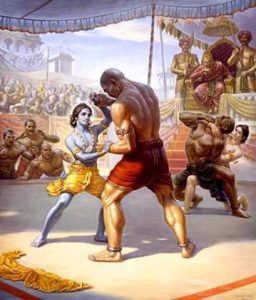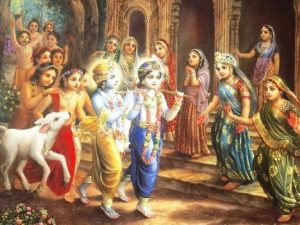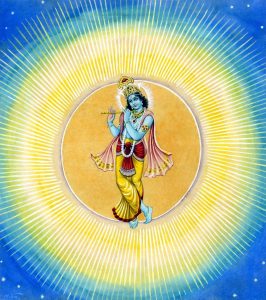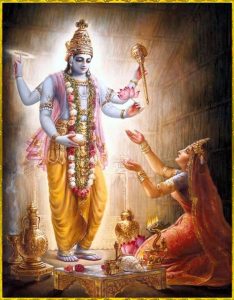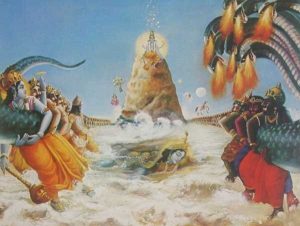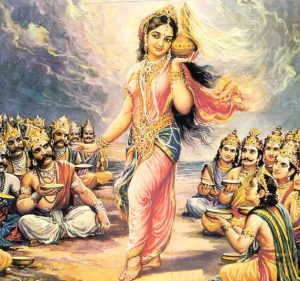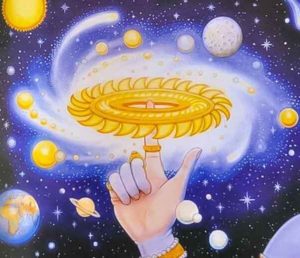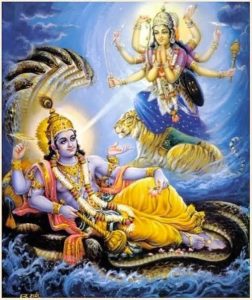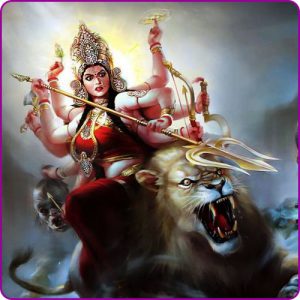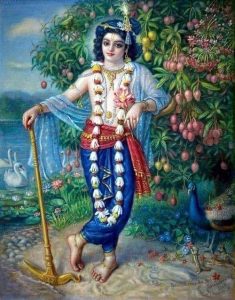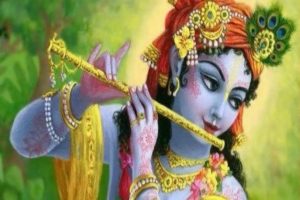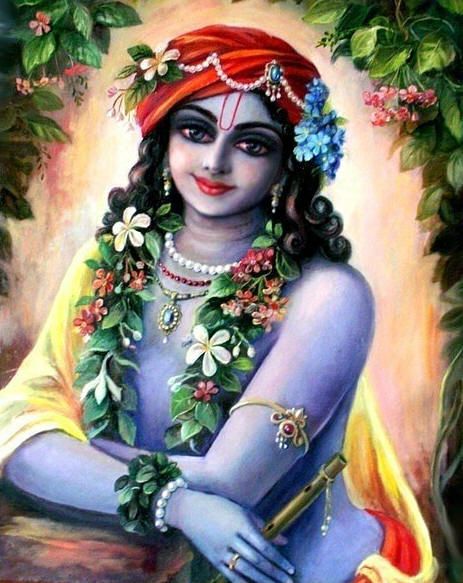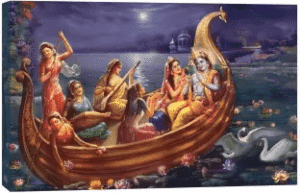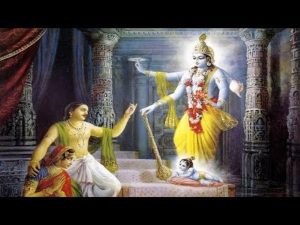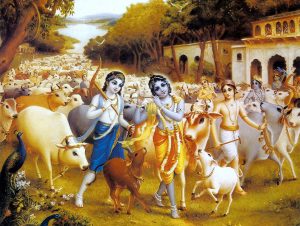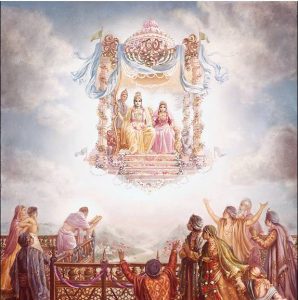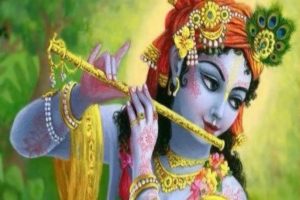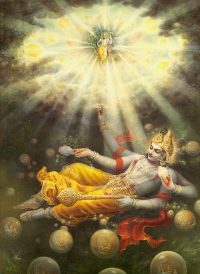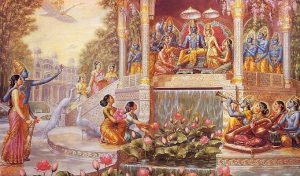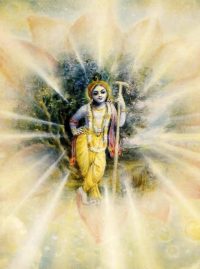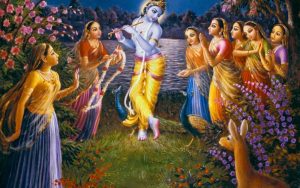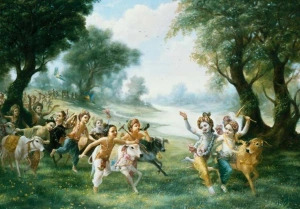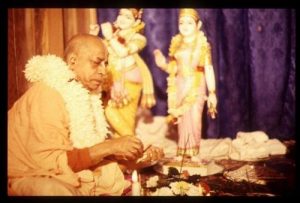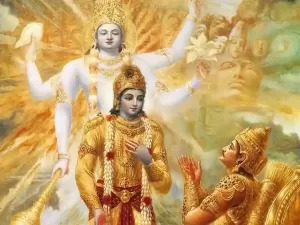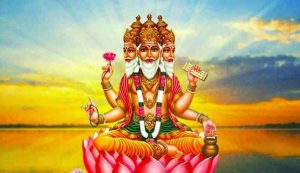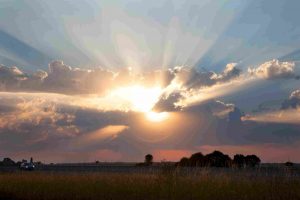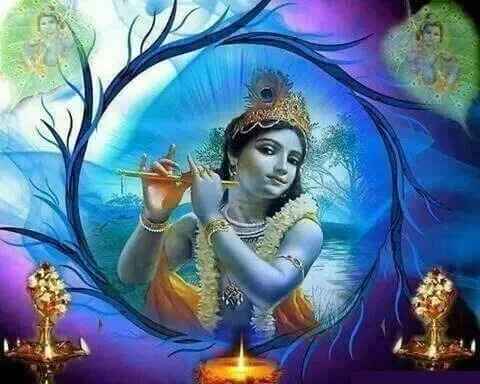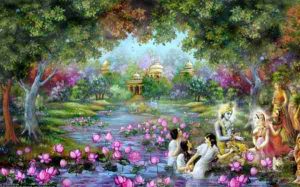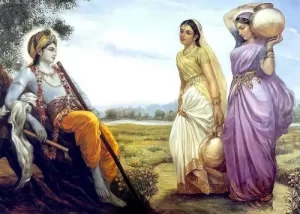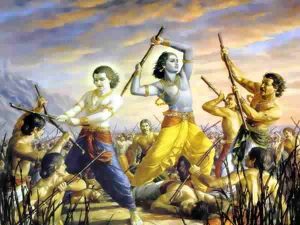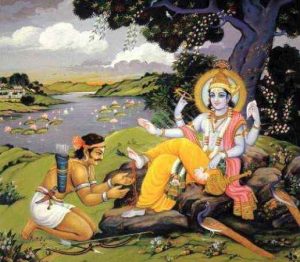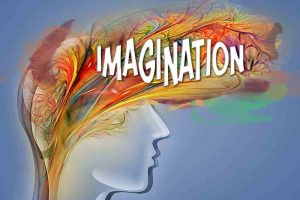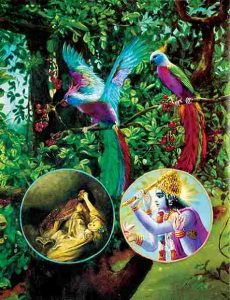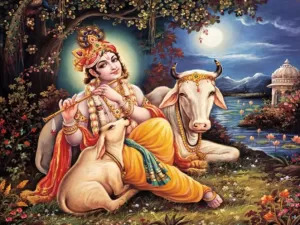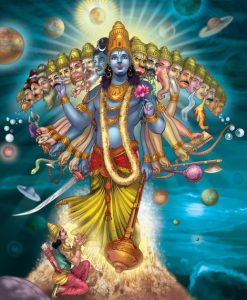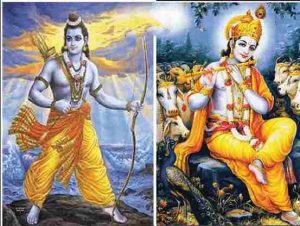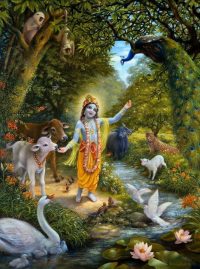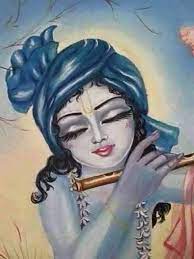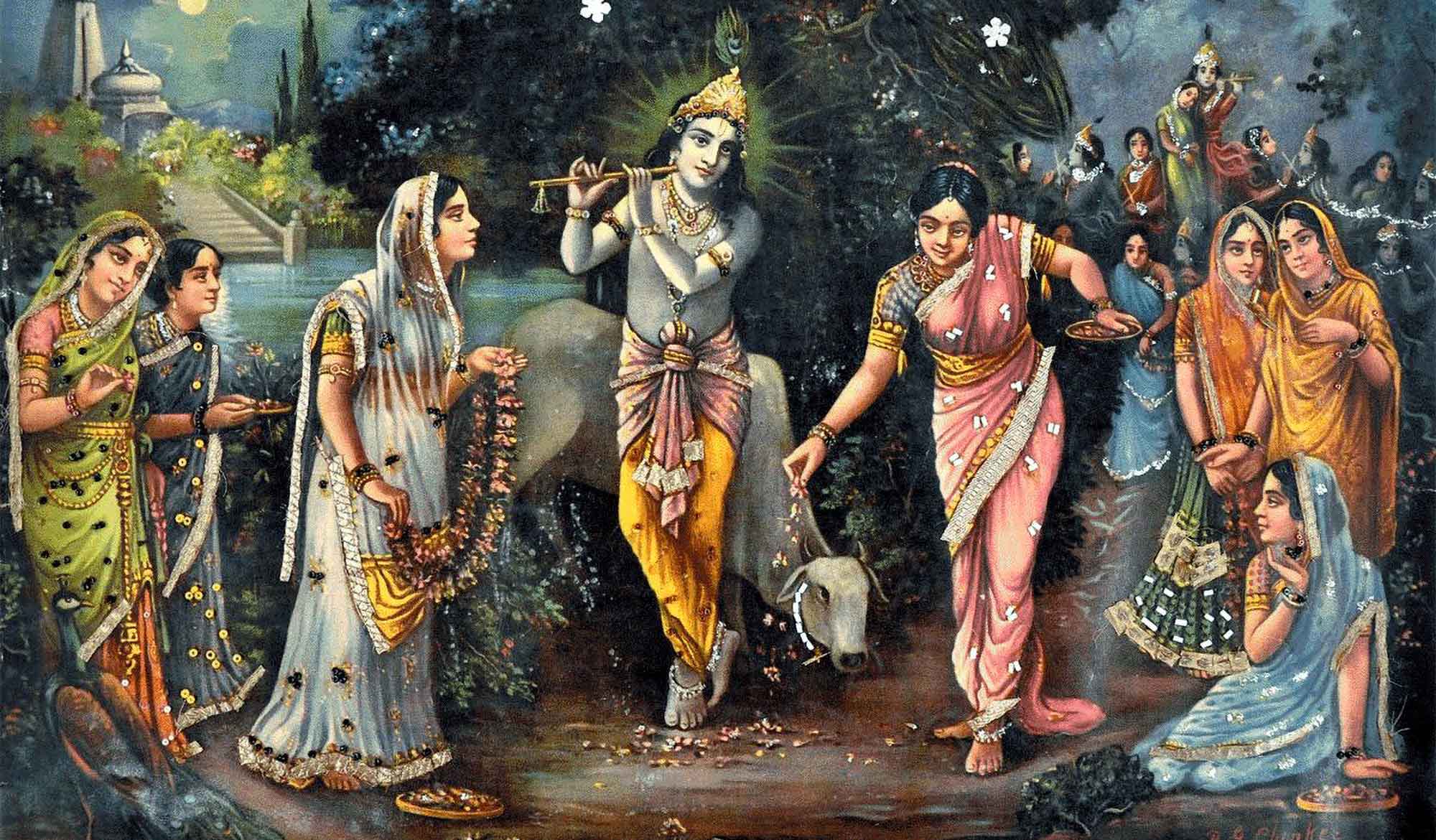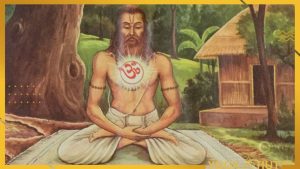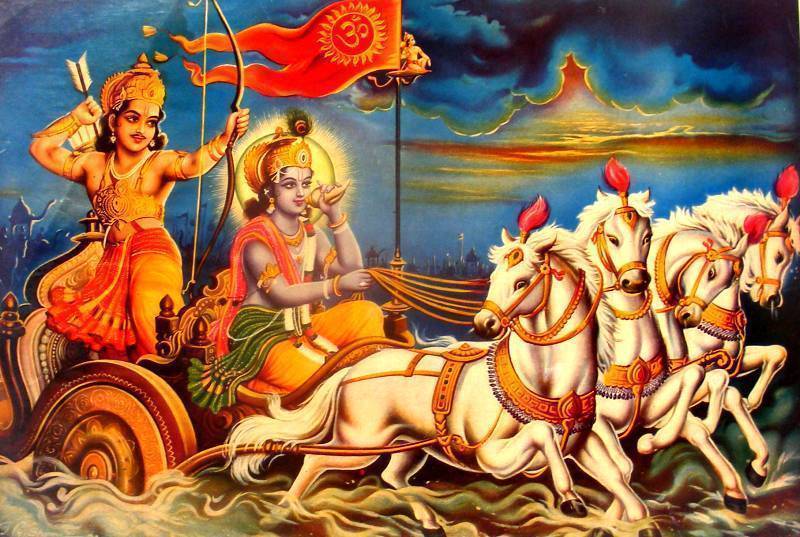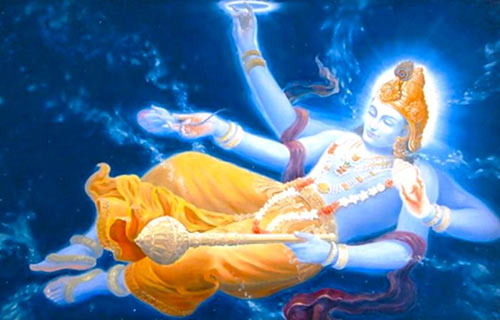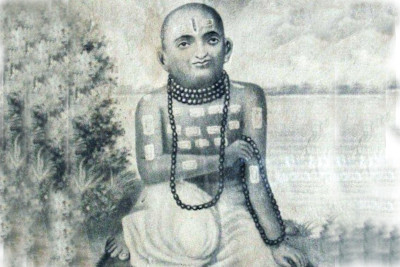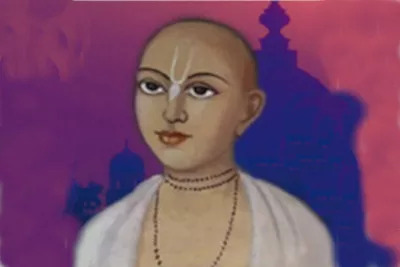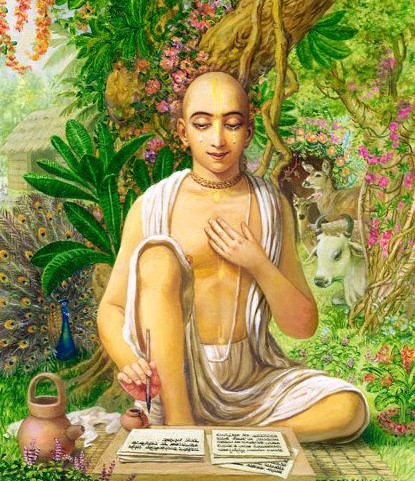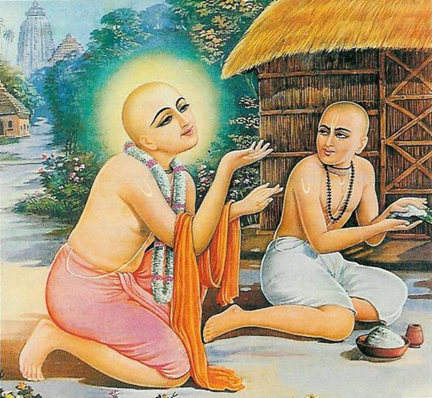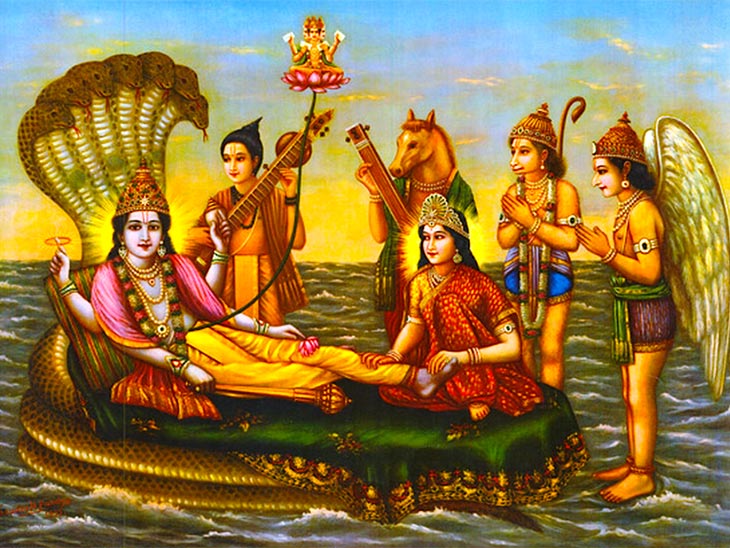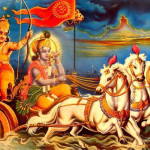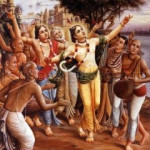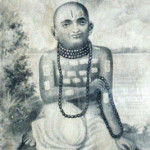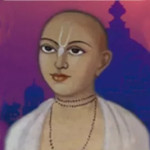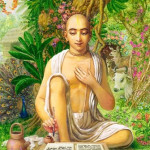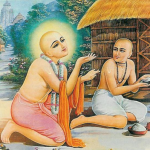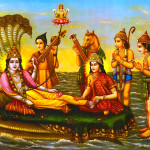What is the difference between lords incarnation and lords expansion?
“Lord Krishna is the original Absolute Personality, the Godhead, and all the other Vishnu forms – with four hands, decorated with conch, lotus, club, and wheel – are plenary expansions of Krishna. These twenty-four forms are known as the vilasa manifestation of the prabhava (four-handed) form, and they are named differently according to the position of the symbolic representations (conch, lotus, club, and wheel).
The expansions of Lord Krishna who come to the material creation are called avataras, or incarnations. The word avatara means “One who descends”, and in this case, the word specifically refers to one who descends from the spiritual sky. In the spiritual sky there are innumerable Vaikuntha planets, and from these planets, the expansions of the Supreme Personality of Godhead come into this universe.
There are six kinds of incarnations 1) the purusa-avatara, 2) the Lila-avatara, 3) the guna-avatara, 4) the manvantara-avatara, 5) the yuga-avatara, and 6) the saktyavesa-avatara.
Krishna first incarnates as the three purusa-avataras, namely the Maha-Vishnu or Karanodaksayi avatara, the Garbhodakasayi avatara, and the Ksirodakasayi avatara.
Krishna’s Lila-avataras include 1) Kumaras, 2) Narada, 3) Varaha, 4) Matsya, 5) Yajna, 6) Nara-Narayana, 7) Kardami Kapila, 8) Dattatreya, 9) Hayasirsa, 10) Hamsa, 11) Dhruvapriya or Prsnigarbha, 12) Rsabha, 13) Prthu, 14) Nrsimha, 15) Kurma, 16) Dhanvantari, 17) Mohini, 18) Vamana, 19) Bhargava (Parasurama), 20) Raghavendra, 21) Vyasa, 22) Pralambari Balarama, 23) Krishna, 24) Buddha, 25) Kalki. This 25 Lila-avataras appear in one day of Brahma, which is called a Kalpa (Refer to cosmic manifestation section for details on the day of Brahma). Therefore, these Lila-avataras are sometimes called Kalpa-avataras. Out of these, the incarnation of Hamsa and Mohini are not permanent, but Kapila, Dattatreya, Rsabha, Dhanvantari, and Vyasa are five eternal forms, and they are more celebrated. The incarnations of the tortoise Kurma, the fish Matsya, Nara-Narayana, Varaha, Hayasirsa, Prsnigarbha, and Balarama are considered to be incarnations of vaibhava (two-handed) form.
Krishna’s guna-avataras or incarnations of the qualitative modes of nature are 1) Brahma, 2) Vishnu, and 3) Shiva . Brahma is one of the living entities, but due to his devotional service, he is very powerful. This primal living entity, master of the mode of material passion, is directly empowered by the Garbhodakasayi Vishnu to create innumerable living entities. If in some kalpa there is no suitable living entity capable of acting in Brahma’s capacity, Garbhodakasayi Vishnu Himself manifests as Brahma and acts accordingly. Similarly, by expanding Himself as Lord Shiva , the Supreme Lord is engaged when there is a need to annihilate the universe. Lord Shiva is not one of the living entities, he is, more or less, Krishna Himself. The example of milk and yogurt is often given in this regard – yogurt is a preparation of milk, but still, yogurt cannot be used as milk. Similarly, Lord Shiva is an expansion of Krishna, but he cannot act as Krishna, nor can we derive the spiritual restoration from Lord Shiva that we derive from Krishna. The essential difference is that Lord Shiva has a connection with material nature, but Vishnu or Lord Krishna has nothing to do with material nature. The Vishnu incarnation, although the master of the modes of goodness within each universe, is in no way in touch with the influence of material nature. Although Vishnu is equal to Krishna, Krishna is the original source. Vishnu is a part, but Krishna is the whole. In Brahma-Samhita the example is given of an original candle which lights a second candle. Although both candles are of equal power, one is accepted as the original, and the other is said to be kindled from the original. The Vishnu expansion is like the second candle. He is as powerful as Krishna, but the original Vishnu is Krishna. Brahma and Lord Shiva are the obedient servants of the Supreme Lord, and the Supreme Lord as Vishnu is an expansion of Krishna.
Krishna’s manvantara-avataras include 1) Yajna, 2) Vibhu 3) Satyasena, 3) Hari 5) Vaikuntha, 6) Ajita, 7) Vamana, 8) Sarvabhauma, 9) Rsabha, 10) Visvaksena, 11) Dharmasetu, 12) Sudhama, 13) Yogesvara, 14) Brhadbhanu. Out of these fourteen manvantara-avataras, Yajna and Vamana are also Lila-avataras. These fourteen manvantara-avataras are also known as vaibhava-avataras. There is no possibility of counting the manvantara-avataras. In one kalpa, or one day of Brahma, fourteen Manus are manifested. One day of Brahma is calculated at 4 billion 320 million years, and Brahma lives for one hundred years on this scale. Thus if fourteen Manus appear in one day of Brahma, there are 420 Manus during one month of Brahma, and during one year of Brahma, there are 5,040 Manus. Since Brahma lives for one hundred of his years, it is calculated that there is 504,000 Manus manifest during the lifetime of one Brahma. Since there are innumerable universes, no one can imagine the totality of the manvantara incarnations.
Krishna’s yuga-avataras are four based on the four yugas i.e. Satya-yuga, Treta-Yuga, Dvapara-Yuga, and the Kali-yuga. In each millennium the Supreme Lord incarnates, and each incarnation has a different color according to the yuga. In the Satya-yuga, the incarnation of God is white, in the Treta-yuga He is red, in the Dvapara-Yuga and the Kali-yuga He is blackish. However, in special Kali-yuga, His color is yellowish (as in the case of Caitanya Mahaprabhu).
Krishna’s saktyavesa-avataras include 1) Kapila, 2) Rsabha, 3) Ananta, 4)Brahma (sometimes the Lord Himself becomes Brahma), 5) Catuhsana (the incarnation of knowledge), 6) Narada (the incarnation of devotional service), 7) King Prthu (the incarnation of administrative power), and 8) Parasurama (the incarnation who subdues evil principles). There is no limit to the saktyavesa-avataras and that they cannot be counted. The saktyavesa incarnations are of two kinds – direct and indirect. When the Lord Himself comes, He is called saksat, or a direct saktyavesa-avatara, and when He empowers some living entity to represent Him that a living entity is called an indirect or avesa incarnation. Examples of indirect avataras are the four Kumaras, Narada, Prthu, and Parasurama. Examples of direct or saksad-avataras are the Sesa incarnation and the Ananta incarnation. In Ananta, the power for sustaining all planets is invested, and in the Sesa incarnation, the power for serving the Supreme Lord is invested.
It is thus safe to conclude that there is no end to the expansions and incarnations of Krishna. These conclusions are also confirmed in Srimad-Bhagavatam (1.3.26).”
Source: A.C. Bhaktivedanta Swami Prabhupada (2012 edition), “Message of Godhead”, Page 5
A.C. Bhaktivedanta Swami Prabhupada (2014 edition), “The Science of Self-Realization”, Page 146
A.C. Bhaktivedanta Swami Prabhupada (2012 edition), “Teachings of Lord Caitanya, The Golden Avatara”, Page 84, 90, 95, 101, 103

